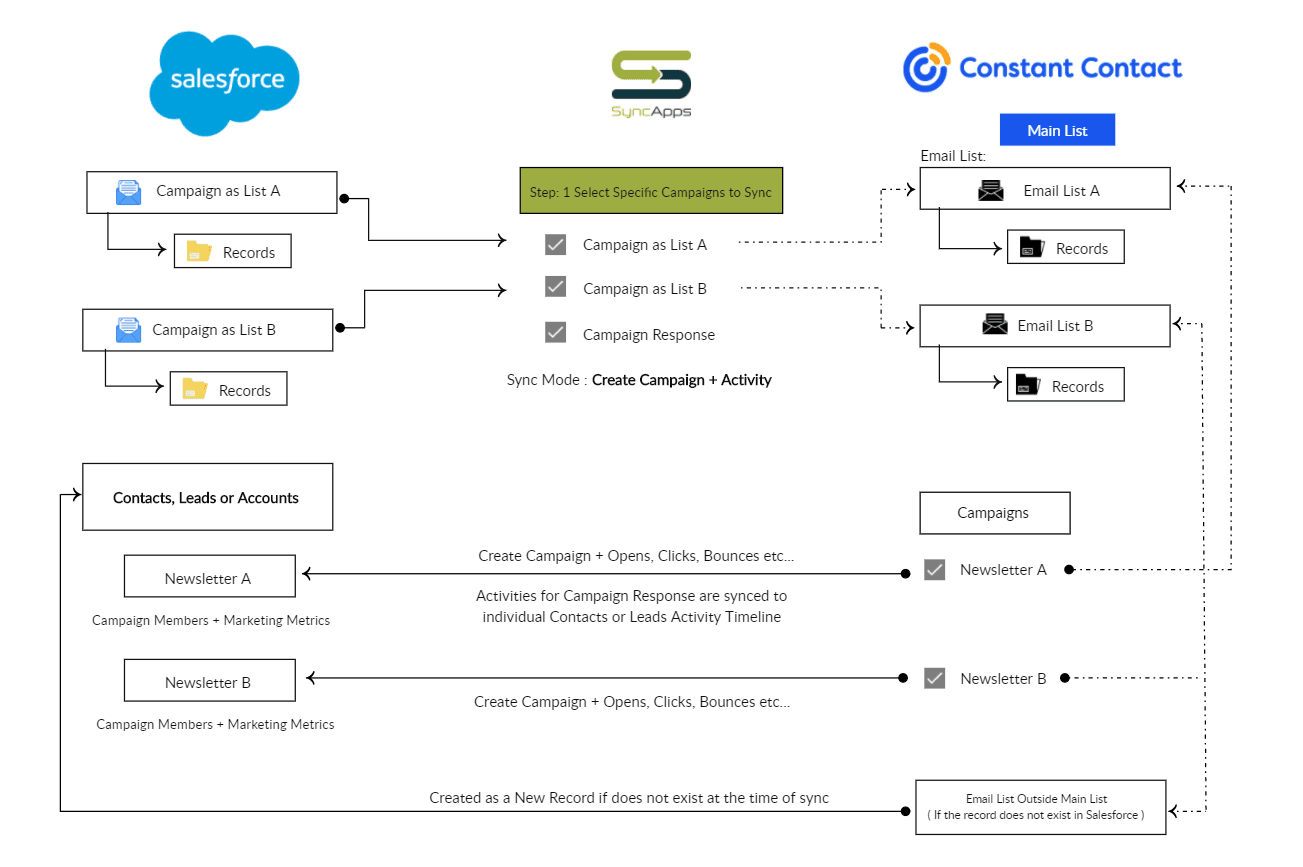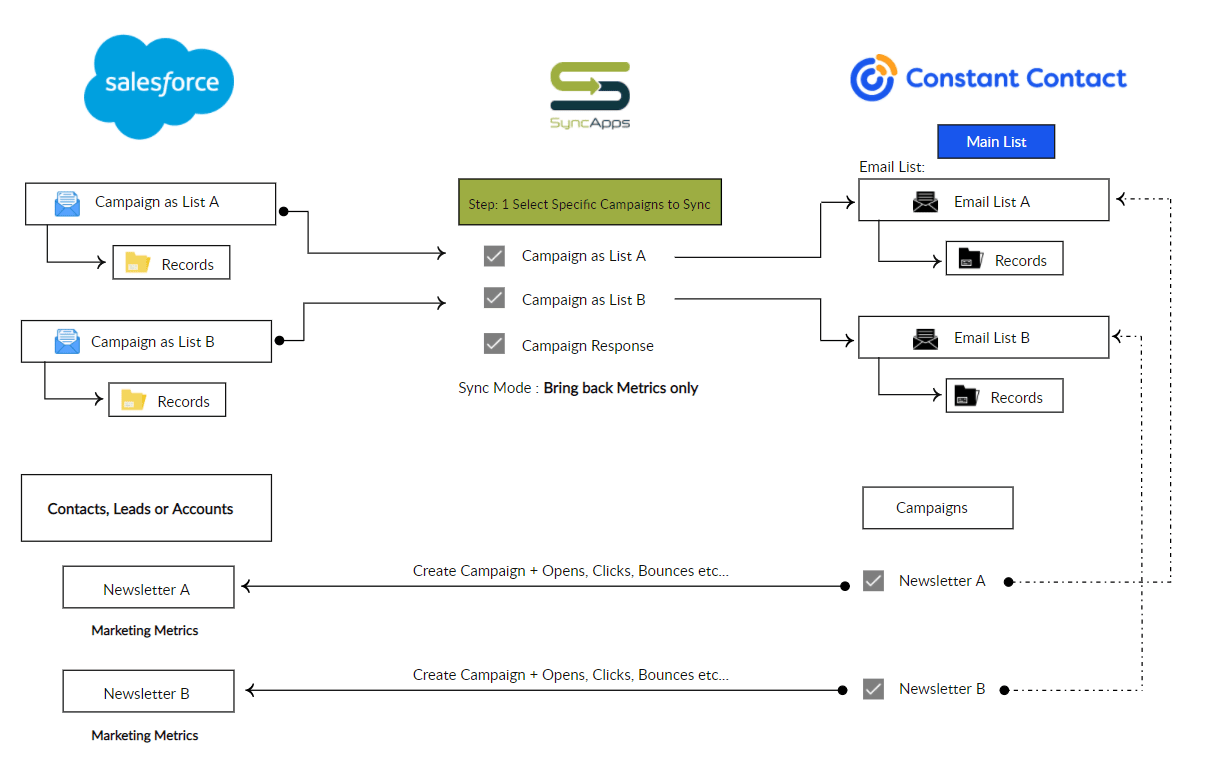Get up Close and Personal with Integrations Built for Today’s Organizations



Have you ever wondered where organizations would be today without integration or iPaaS?
Hard scenario to imagine, right?
Let’s back up a bit, though. If you’re about to say that you don’t use integrations and that your business doesn’t need them, let me ask you this: are you using a SaaS tool to schedule social media posts? Or maybe a solution that combines your CRM with your marketing automation software?
If so, you’re benefiting from iPaaS.
You see, software is great and so are SaaS solutions. But when you have to deal with too many of them, things get hectic and time-consuming.
While these systems are crucial in your day-to-day operations, their not being able to work together means that employees have to manually transfer data from one system to another.
This method was error-prone and inconsistent – two factors that caused more harm than good.
What is integration and why is it now a must-have for any organization?
According to BTERRELL GROUP, integration is the process of attaining close and seamless coordination between several departments, groups, organizations, systems.
Integration is, therefore, a system that enables the merging and optimization of data and workflows between two different software applications.
So, why is it important?
Integration is important primarily because it not only helps organizations to seamlessly and effortlessly connect computer systems or applications together but also allows teams in your digital ecosystem to interact smoothly.
As marketers, my agency staff works with companies across industries and across the world. Some of the industries were hit by the pandemic, others fared quite well (even better than before).
But they all had one thing in common: they relied even more on digital solutions. And when the XaaS stack they used grew by the minute, they needed a way to control the chaos of mission-critical information scattered across apps and solutions.
When they told us that they could barely keep up with insights, metrics, and tools (or make sense of them!), we always recommended them to try iPaaS.
Here’s why:
Benefits of System Integrations to Organizations
Without going into too many details, some of the key benefits of integration that organizations are enjoying today are:
It is now evident that many organizations have turned to integration to solve an age-old problem that, for the most part, hampered their growth while adversely affecting their consumer experience.
iPaaS has single-handedly paved the way for the growth of organizations by creating an opportunity to use data that has been collected across the departments to their advantage.
So, what are some of these star integrations that are powering many organizations today? Let’s take a look at some of the most sought-after integrations and what exactly they have to offer.
4 Must-Have Integrations That are Built for Today’s Organizations
1. Constant Contact for Salesforce
This is arguably one of the most popular integrations today. Why? Because it has solved one of the most common challenges that many organizations face. Constant Contact for Salesforce is designed to help your team to effectively engage your organization’s prospects, existing clients, and partners in real-time.
With this integration, marketing automation is seamlessly connected to your Salesforce CRM. What does this mean? It simply means that you are able to filter and sync only those records that meet specific criteria from CRM or vice-versa.
It also means that your opt-outs are automatically synced from Constant Contact to CRM and vice versa. Another crucial feature is that it also eliminates duplicates by allowing you to sync and remove deleted records from CRM to Constant Contact.
You can also effortlessly retrieve email campaigns in Constant Contact and create an activity for each campaign response – a handy feature that has made life bearable for many digital marketers today.

The benefits of Salesforce integegrated with Constant Contact are endless. If you want to see your marketing metrics flowing in real-time, then this is the solution you have been looking for.

2. Mailchimp for Salesforce
Is your organization looking for a tried-and-tested solution that can offer bidirectional marketing automation integration for your Salesforce sales teams and Mailchimp marketing executives?
If your answer is a resounding yes then your search has come to an end.
Here’s the thing. The Mailchimp for Salesforce integration is a force to be reckoned with. Many organizations across industries have even termed it as a match made in heaven because it put an end to their manual data migration and it gave them a wealth of marketing insights to help them make more sales.
Mailchimp for Salesforce allows you to start creating email campaigns from the leads and contacts in your Salesforce CRM. That’s not all!

When you integrate Mailchimp for Salesforce you are in a better position to create list segmentation in Mailchimp with synchronized Salesforce lead and contact records.
This integration not only allows you to bring back only records with opens or clicks activity to allow lead nurturing in CRM as well as what they clicked on in your drip marketing campaigns but also allows you to trigger Mailchimp Autoresponders from CRM field updates.
3. Constant Contact for Dynamics 365
This is another integration that has steadily grown in popularity, especially for organizations that are looking to keep their prospective clients constantly engaged.
With this integration, you not only get unlimited contacts but your leads and customers are synced.
Wait, there’s more!
Constant Contact for Dynamics 365 allows you to create targeted and timely marketing campaigns that will, in turn, deliver desired results without blowing your marketing budget.
It also enables you to segment your contacts based on Dynamics 365 custom fields such as type of client, product interest, or stage of the sales cycle. It’s also cloud-based so your team has access from anywhere.

Bonus star integration:
4. Constant Contact for Shopify
Our list cannot be complete without giving Constant Contact for Shopify an honorable mention. We all know that Shopify is one of the most popular eCommerce platforms that a lot of organizations use to build their online stores.
Due to its growing popularity, it became necessary for these organizations to connect it to their other existing digital solutions for maximum impact.
The Constant Contact and Shopify integration is nothing but an obvious partnership.
It enables you to seamlessly sync Shopify customers to Constant Contact Lists and it helps you to create custom field mapping between both systems.
Since organizations also want to know more about their customer purchase behavior, this integration helps them to sync and segment Shopify customers to Constant Contact lists based on who purchased a specific version of a product.
Another handy feature includes the ability to sync unsubscribed contacts from Constant Contact. If a contact is unsubscribed in Constant Contact, the contact will be unsubscribed in Shopify. This integration can also significantly enhance your conversion rate as well as boost your lead nurturing tactics.

Marketing Value
As you can see, integration does not only bring value-addition to the different departments in terms of being able to seamlessly work together and use each other’s data to synchronize their efforts to grow the organization. It’s value to the overall marketing efforts is priceless.
The ability to single out relevant data that can help the marketing team come up with award-winning (and, more importantly, money-making!) marketing campaigns is a strong point. Connected digital solutions also go a long way in helping you to solve feuds between marketing and sales depts and many other challenges.
Another key benefit worth mentioning is that data collected can also be used to boost your organization’s content strategy. The bits and pieces of information your team collects via your integration solution can be used to create relevant and problem-solving content that your target audience can enjoy.
The above list is by no means comprehensive since there are plenty of other super integrations that are built for today’s organizations. However, the bottom line is that if you want your organization to compete favorably in a competitive industry, your best bet is integration software.
These and many others, and depending on your needs, have the ability to steer your organization’s competitiveness not just cost-effectively but also effortlessly. So, go on, give them a try today for free, and position your organization on the path to success!